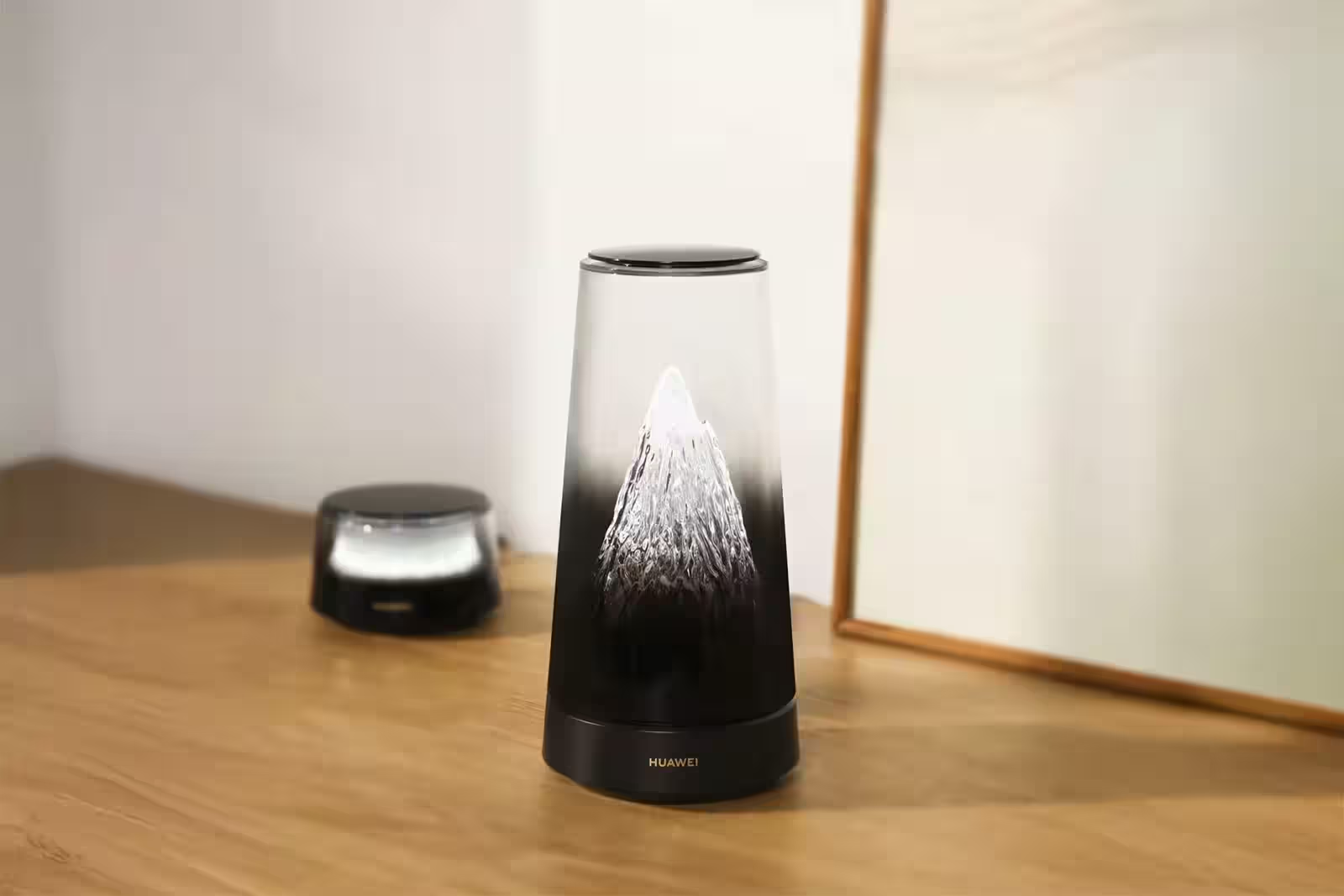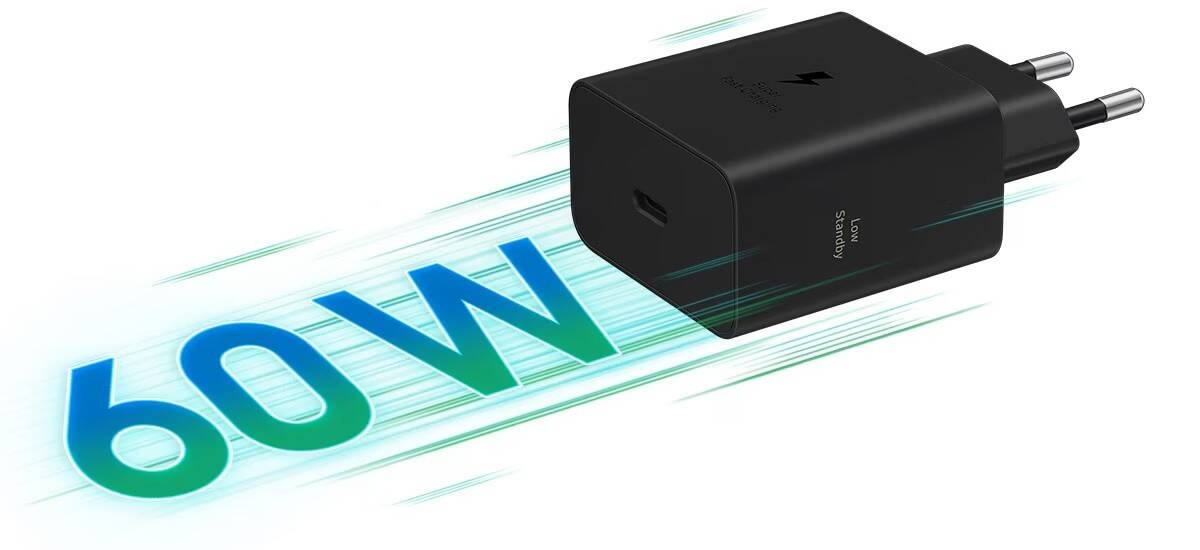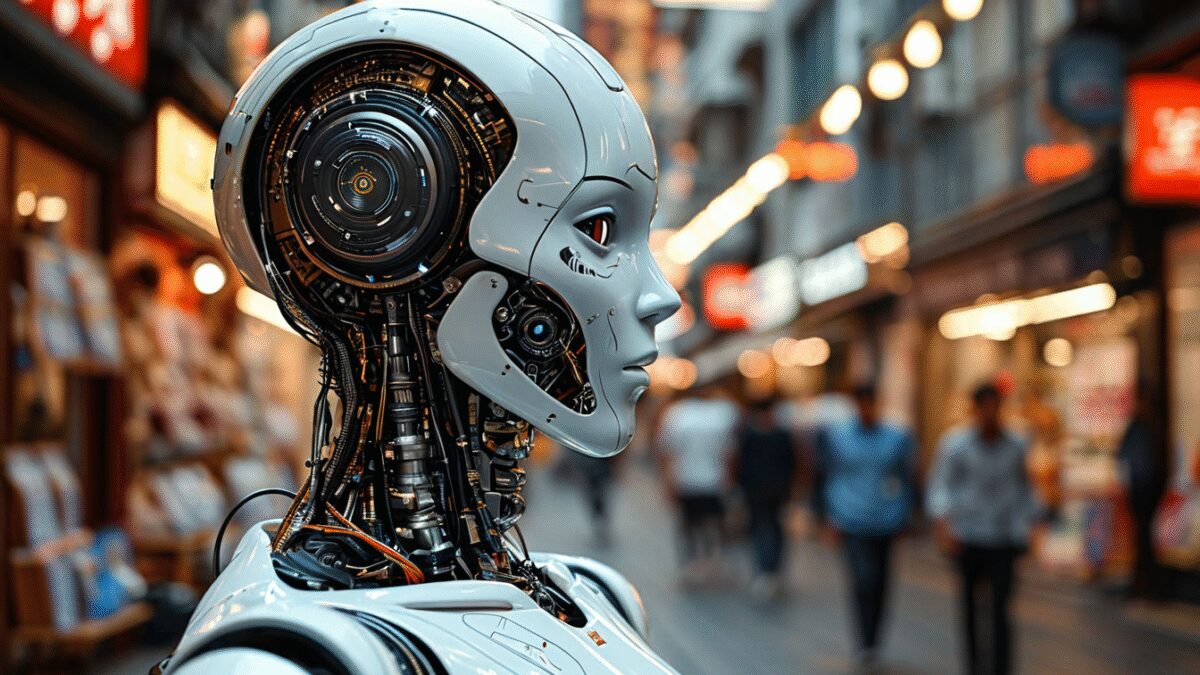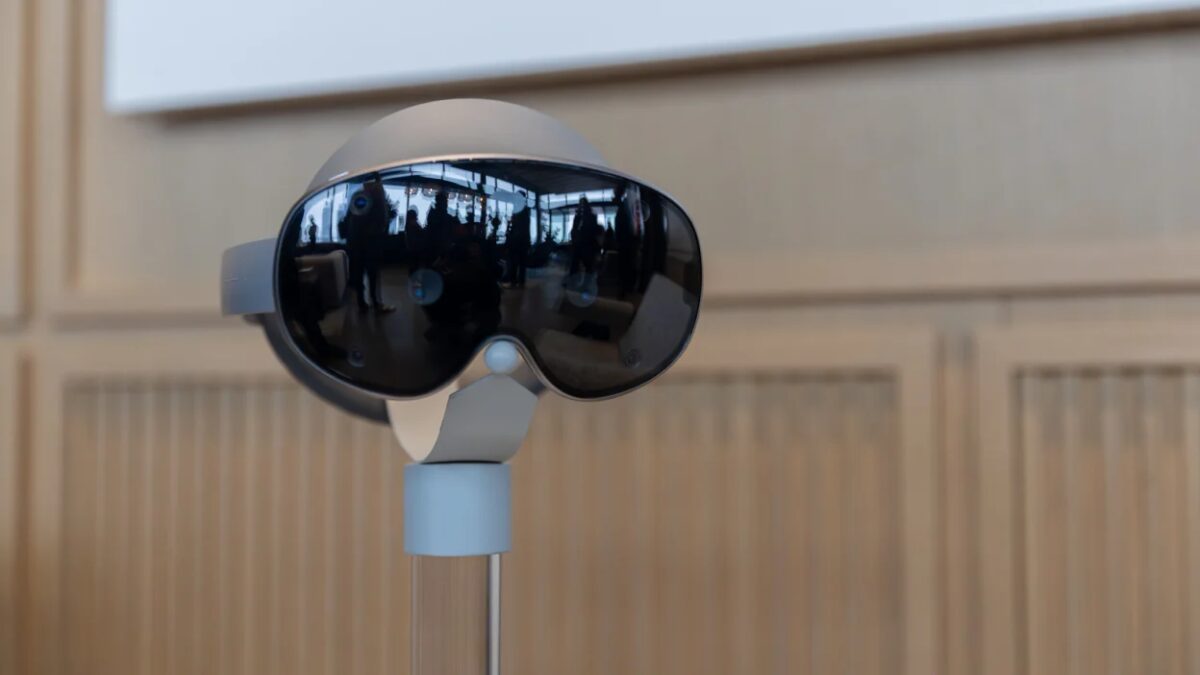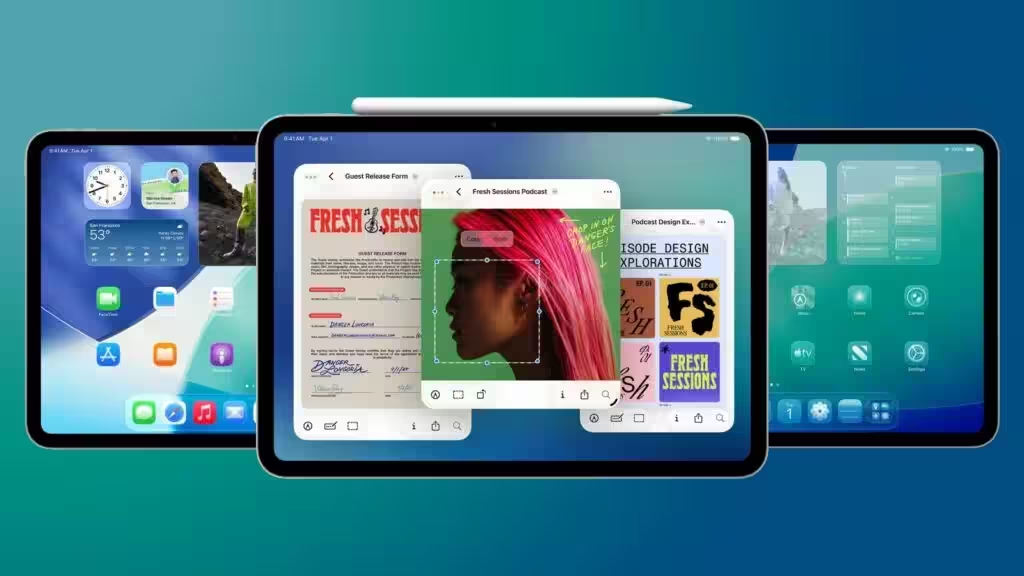Why Apple and Samsung flagships still have weak batteries
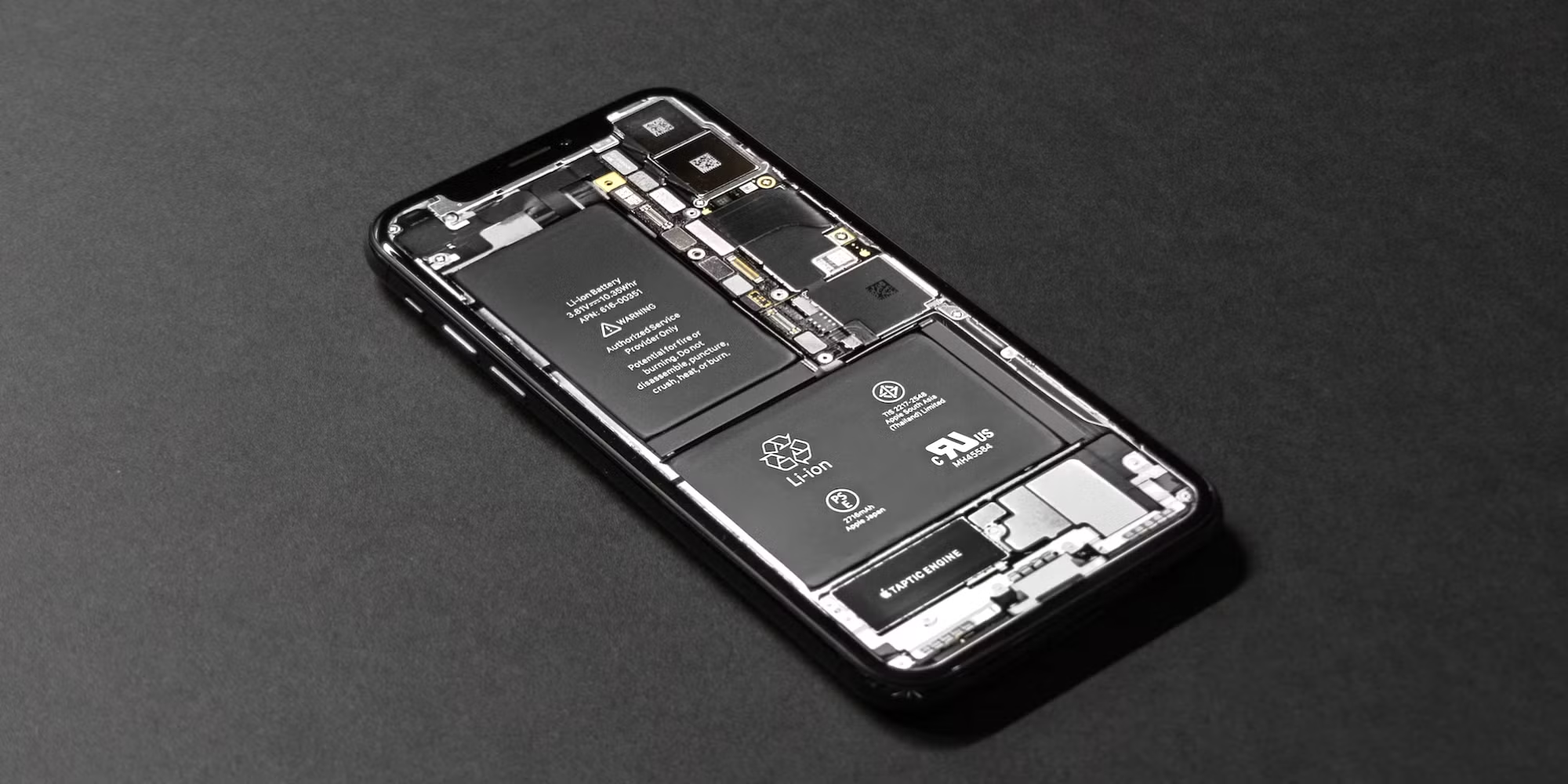
Apple and Samsung’s flagship smartphones can do a lot of things: they have powerful processors, advanced cameras, adaptive screens, and AI features. But one important component still remains in the shadows: the battery. In 2025, while Chinese brands are offering devices with 6,000-7,000 mAh batteries, Apple and Samsung continue to limit themselves to numbers that are still relevant in 2020.
And that’s despite the fact that there’s long been room for higher-capacity batteries – both technically and in terms of user expectations. So why haven’t the two technology leaders made the battery a priority yet?”
The numbers speak for themselves
The iPhone 15 Pro Max got a 4,441 mAh battery. The Galaxy S25 Ultra is 5,000 mAh. These values haven’t changed much over the past three years, even though smartphones have gotten much more voracious: 4K video, AI processing, 120Hz screens, always-on communication modules.
Benchmark results confirm the lag. In DXOMARK’s battery life rankings, the iPhone 15 Pro Max ranks 44th, while the Galaxy S24 Ultra ranks 63rd. Honor, Motorola and Oppo models with batteries of 5,500 mAh or more hold the top spots.
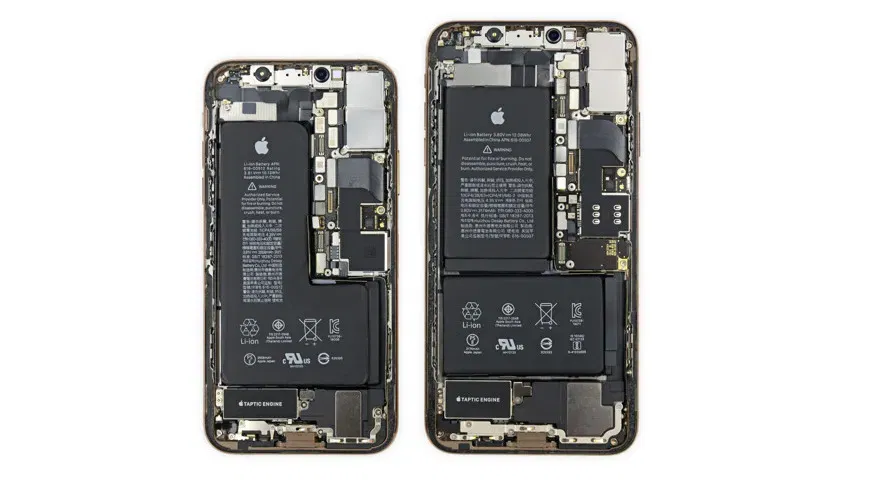
What’s holding Apple and Samsung back?”
The main reason is design. Compactness, thinness and visual symmetry remain a priority, especially for Apple. Even with the switch to titanium and the increased cameras in the new models, the freed up space went to optics, not the battery.
Samsung is a bit more flexible, but it set the 5,000mAh limit for flagships back in 2020 – and hasn’t exceeded it since.
The two companies have also been slow to embrace new technologies. For example, silicon-carbon batteries, which replace graphite in the anode with silicon, already deliver up to 20% capacity gains while maintaining the same size. They also:
- better at dissipating heat;
- faster charging;
- slowly lose capacity over the years.
These batteries are already used in Chinese smartphones, including the Nubia RedMagic 10 Pro with a 7,050 mAh battery at the same thickness. Apple and Samsung are still using the same lithium-ion technology they did a decade ago.
Bigger batteries don’t look bulky anymore
Users are used to massive smartphones. The iPhone 16 Pro Max weighs 227 grams, while the Galaxy S25 Ultra weighs 232 grams. The devices are 8.3 and 8.6 millimeters thick, respectively. A couple more millimeters in 2025 won’t scare anyone.
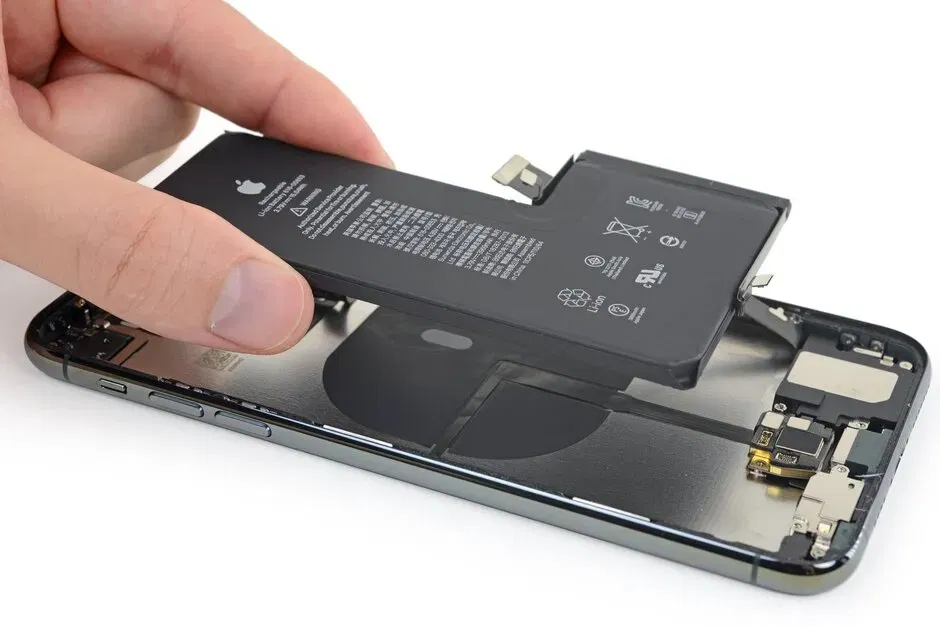
The more modern technology allows you to do this without even having to do it. Silicon-carbon batteries allow you to increase capacity without enlarging the body. That’s why compact smartphones are gaining popularity again.
Component efficiency has reached a plateau
Apple and Samsung have made a bet on energy efficiency: 3nm chips, LTPO displays, RAM and background task optimization. But these solutions no longer deliver significant autonomy gains.
Apple and Samsung have both made their bets on energy efficiency: LTPO chips, optimized RAM and background tasks.
On the contrary, AI features like Galaxy AI or the new Siri 2.0 are putting more strain on the processor and battery. Energy efficiency is no longer enough. The only sensible solution is to put in bigger batteries.
Fast charging is not a panacea
Instead of increasing battery life, Apple and Samsung are limiting themselves to moderate charging rates. But fast charging doesn’t solve the autonomy problem – it just makes it less annoying.
What’s more, both brands are inferior to even mid-budget models from competitors in terms of charging speed. Silicon-carbon batteries save the day here, too: they keep charging power high with less degradation. But even that is being ignored for now.
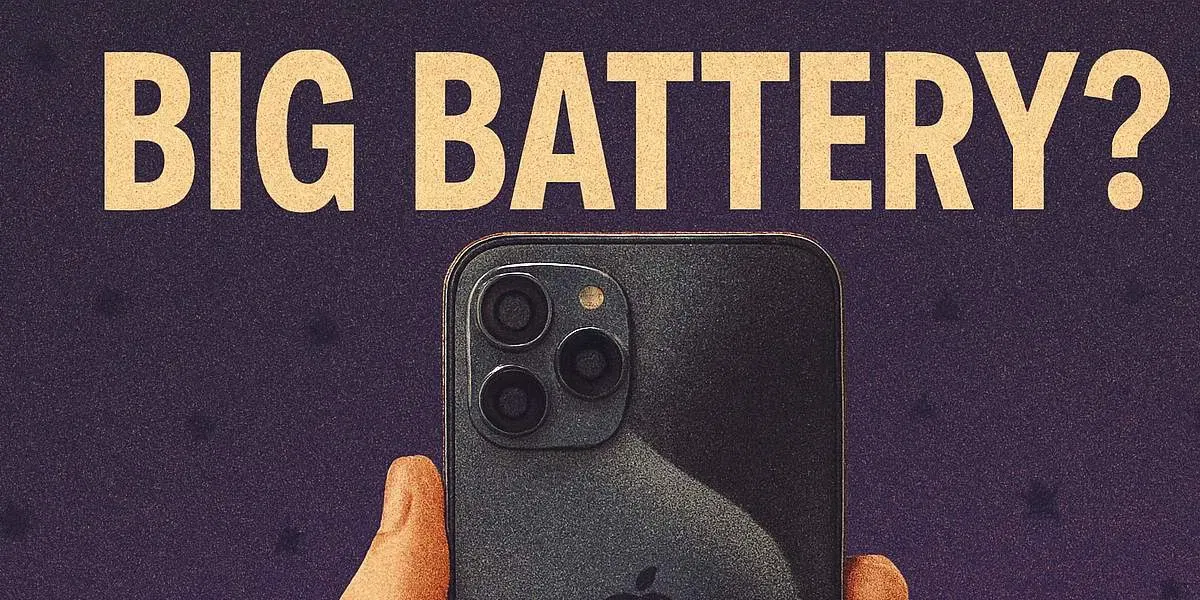
We’re increasingly dependent on smartphones
Smartphones today are more than just a messenger and a camera. They’re a work tool, a navigator, a hub for the smart home, a video editor and an AI assistant. But batteries still force us to carry powerbanks or buy battery cases.
Smartphones today are a work tool, a navigation tool, a smart home hub, a video editor, and an AI assistant.
When Chinese brands offer real autonomy, Apple and Samsung risk losing a loyal audience among advanced users.
It’s time to re-prioritize
Bigger batteries don’t mean a compromise in quality. It’s simply a reflection of real-world usage scenarios. Apple and Samsung could start small – like adding 5,500 mAh to the Ultra version or testing new technologies in foldable models.
The article Why Apple and Samsung flagships still have weak batteries was first published on ITZine.ru.


